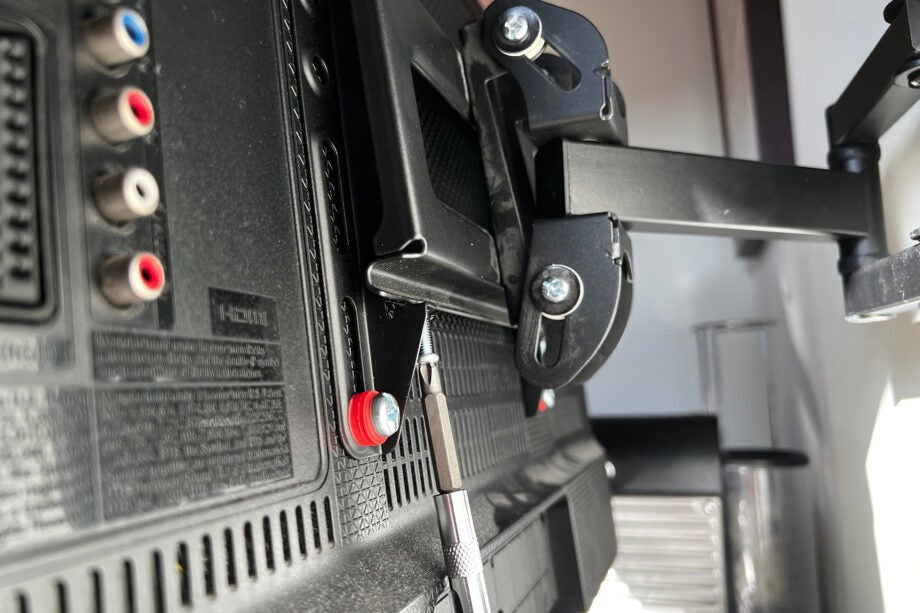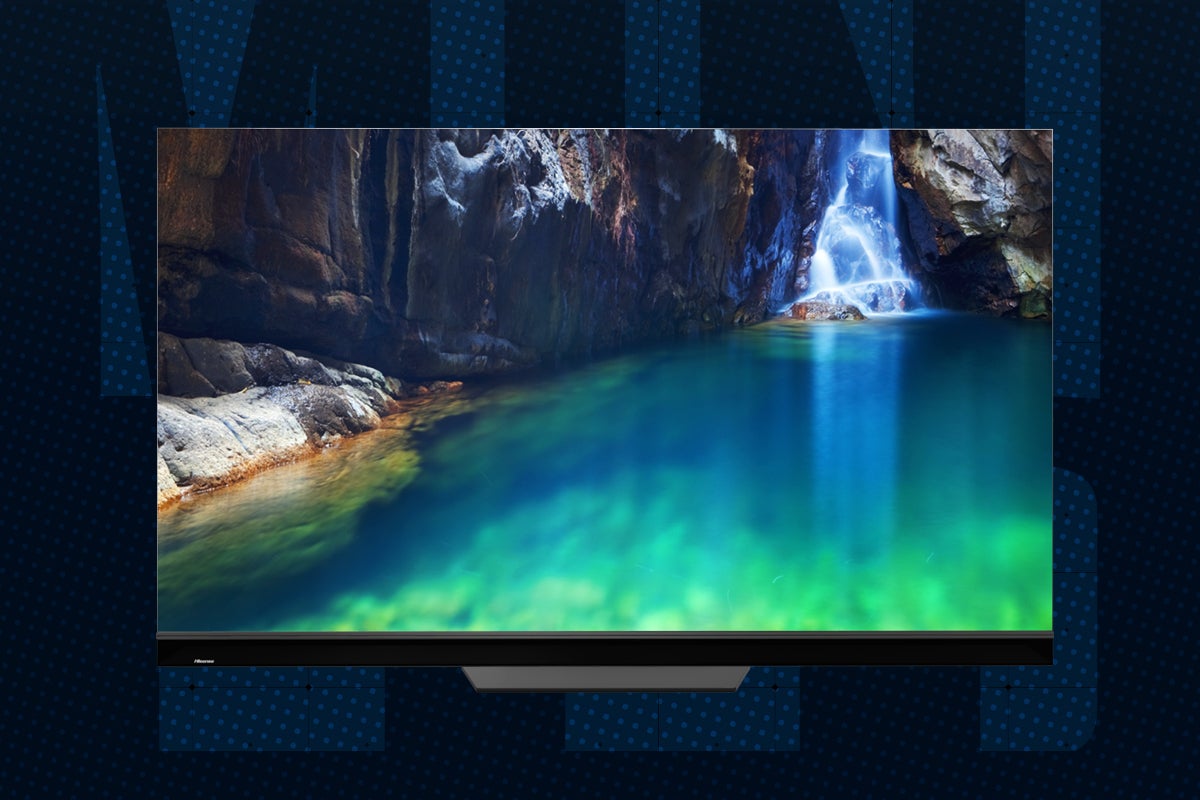What is a VESA mount?

If you’ve ever mounted a TV onto a wall, you’ve likely had to purchase a VESA mount to get it set up.
The VESA name is synonymous with wall mounts, but there is more to it than just the mount or bracket that goes on your wall.
So what is VESA, and by extension, what is a VESA mount?
What is VESA?
VESA is not a company but an acronym. The letters stand for Video Electronics Standards Association, an international non-profit corporation led by a board of directors that represents the interests of 325 worldwide members.
The list of members includes familiar and illustrious brands, such as the Sony Corporation, Samsung Electronics, LG Electronics, Nvidia, Apple, Microsoft, AMD, Intel and many, many more.
VESA defines standards for all sorts of applications, a list that includes features such as DisplayPort (for connecting devices to screens), DisplayHDR (specifications for HDR on PC monitors), as well as VESA mounts.
What is a VESA mount?
VESA defines the standards used for mounting flat-panel screens, such as PC monitors and TVs, to stands or walls. It was first introduced back in 1997 and intended to bring consistency to the wall mounts/attachments created to ensure a simpler buying process for customers.
VESA standards cover the four-hole attachment on the rear of displays and the screws required to attach a mount to that screen.
Not every mount is the same due to the varying use cases for a mount, as well as the size and weight of the screen itself. There are many options available, and below is a sample of the types of sizes you can find, from small to large:
- 50 × 50mm
- 75 × 75mm
- 100 × 100mm
- 200 × 100mm
- 100 × 200mm
- 200 x 200mm
- 300 x 300mm
- 400 x 400mm
- 600 x 400mm
- 800 x 400mm
To make the process easier and steer customers in the right direction, the manual for your TV or monitor will say which type of VESA mount it requires. For example, the Sony A80J needs the 300 x 300mm VESA hole pitch, while the Samsung QN95B Neo QLED TV requires the 400 x 300mm.
Not every brand will necessarily support the same type of bracket, although you’ll find there are brackets that support a wide range of mounting options, thus making them compatible with a wide range of screens, such as this Invision Wall Mount on Amazon.
Even though the mounts/brackets will differ, the standardisation of the mount interface should mean that attaching a screen to a wall follows a similar process. What may change is the size of the screws needed to hang the screen.
You can purchase VESA mounts from a range of retailers, such as Richer Sounds, Amazon, Currys, AO and eBay. For assistance on how to attach a screen to a wall mount, check out our guide on the process.








